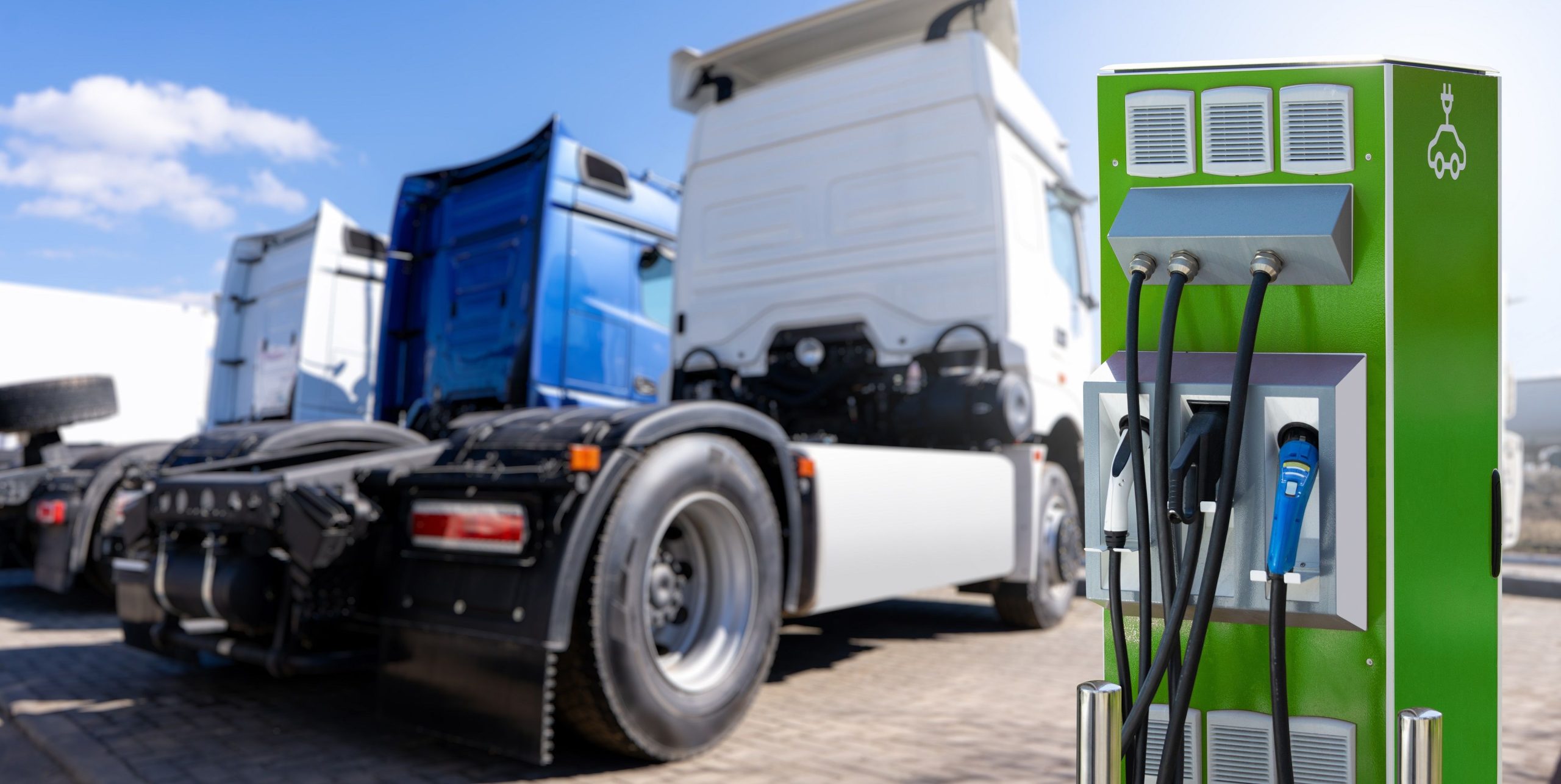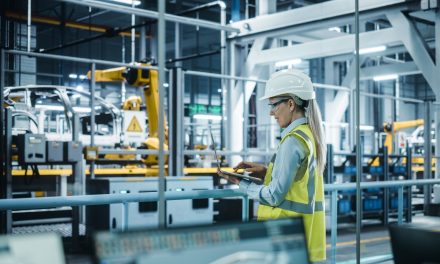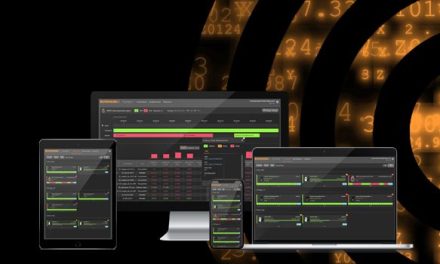History is awash with examples of predictions about technology that went spectacularly wrong. Yet, design engineers must carry out their work with one eye on the future, however uncertain it might be. In this article, Roger Brereton, head of sales at steering components manufacturer Pailton Engineering, examines some of the key predictions for urban mobility in 2050 and the arguments for or against technological transformation.
Perhaps the most famous prediction in the history of transport owes its notoriety to the fact that it was so emphatically wrong. At the outset of the last century, the president of the Michigan Savings Bank advised Henry Ford’s lawyer not to invest in Ford Motor Company. ‘‘The horse is here to stay, but the automobile is only a novelty – a fad,’’ Horace Rackham was warned.
Although this story might discourage us from betting against new technologies, we should be equally cautious when making bold projections of technological progress. SpaceX and Tesla founder Elon Musk is recognised as one of the greatest geniuses of our era, but he also has a reputation for making technology predictions that can turn out to be spectacularly wrong. In 2010 he was quoted as saying ‘‘I’m going to go out on a limb and say that by 2020 there will be serious plans to go to Mars with people.’’
According to a 2018 United Nation report, the number of people living in the world’s urban areas is expected to grow by 2.5 billion by 2050. At that stage, two out of every three people will be living in a city or urban area. But what will urban mobility look like in 2050? Should we believe those like Musk who predict fully driverless vehicles and subterranean structures everywhere? Or are we better casting caution on the idea that things will be radically different?
All electric?
The ascent of electric vehicles is not a future revolution, it’s already happening. The shift to EVs is seen as a necessity in virtue of the environmental benefits and companies like Tesla are making this a reality. New regulatory targets in the EU and the US aim for an EV share of at least 50 per cent by the middle of the next decade, so by 2050 we can expect electric vehicles to have almost entirely displaced the internal combustion engine for passenger vehicles.
For others types of vehicle, the future is not quite so certain. There are two reasons for this. Firstly, it is much more difficult to electrify heavy vehicles like buses and trucks. With the automotive sector shifting to EVs, the first step for commercial vehicles will be last mile delivery vans. This is already underway, and we will likely see increasing demand for this in urban areas, thanks to the decline of the high street and shifting consumer preferences.
However, it is far from certain that every vehicle type will convert to electric. Even in the automotive sector, many companies are continuing to invest heavily in hydrogen. For larger vehicles, the jury’s is still out on whether electric is the most viable option. So while you might receive your groceries from an electric last mile delivery van, you will just as likely ride a hydrogen bus as an electric one.
Driverless vehicles?
Perhaps the area most prone to premature predictions about the future of transportation is the area of driverless vehicles. The history of driverless technology in the last decade or so has not followed the path its early advocates would have anticipated. The initial focus was on robo taxis, but has more recently shifted to long haul trucking.
Heavy goods vehicles travel on long straight roads, whereas urban mobility solutions require navigating a far more complex environment. Developing artificial intelligence capable of responding to this level of complexity and unpredictability is therefore more challenging than many assumed. It seems likely that by 2050 the technology will be there, but we are currently a lot further from this reality than many people realise.
Furthermore, too many people have focused on technological feasibility and ignored the importance of other factors like regulatory frameworks and moral dilemmas. It’s arguably impossible to program an artificial intelligence program to respond to a situation like the trolley dilemma, as it involves making a moral judgement. We also don’t know, if a driverless vehicle were to be involved in accident, what the insurance implications would be. There might be a point where our cities are full of fully driverless vehicles, but there are many hurdles to overcome along the way.
The renewal of public transport?
More buses on our roads would make sense both from an environmental point of view, but also for reducing traffic. In the UK, we’ve seen a steep decline in their use since 1950. Several factors suggest there could be an increase in public transportation, whether that be trains, buses or something else. Growing urbanization, other factors being equal, should imply a growing demand.
Government policies that discourage the use of cars could also help underpin the return of the bus or tram. We are seeing this in many cities. In Paris, for example, the authorities are aiming to ban private cars from its historic centre by as early as 2024. Technologies that provide more information to the public to allow them to make better use of public transport are also being introduced.
However, there are other factors that are pulling in the opposite direction. The same technologies that will give the public better access to information about trains and buses will also give them more information about things like ride pooling options. Whether or not an increase in ride pooling will cannibalise public transport’s passengers and revenues is open to debate, but it is a factor in the equation. At the same time, if more members of the population continue to work from home, it could reduce demand for public transport despite increases in population.
Engineering challenges
Like many engineering companies that are developing solutions for the future of urban mobility, Pailton Engineering has to think about the future too. As a parts supplier, it is easier when a customer comes and puts a specification on the table. It is more difficult to design something that is generic.
A good example is our development of a collapsible steering column for last mile delivery vans. Rather than responding to a specific set of customer requirements, we want to develop a generic column. To develop this column, we had to look to the future and anticipate the type of components we expect will be in higher demand in future. The column is therefore compact and lightweight, designed for last mile delivery vehicles and electric vans. This means that when a customer comes to us with an enquiry in future, we can already offer them something as a starting point.
However, there is always the risk of designing something in anticipation of future demand, without knowing whether that demand will materialise, or what the exact requirements will be. We therefore have to keep scanning the horizon of the future, assessing which ideas will make the leap from science fiction to reality and what role our engineering can play in that.
Pailton Engineering designs and supplies bespoke steering components for the commercial vehicle sector. To find out more, visit pailton.com





